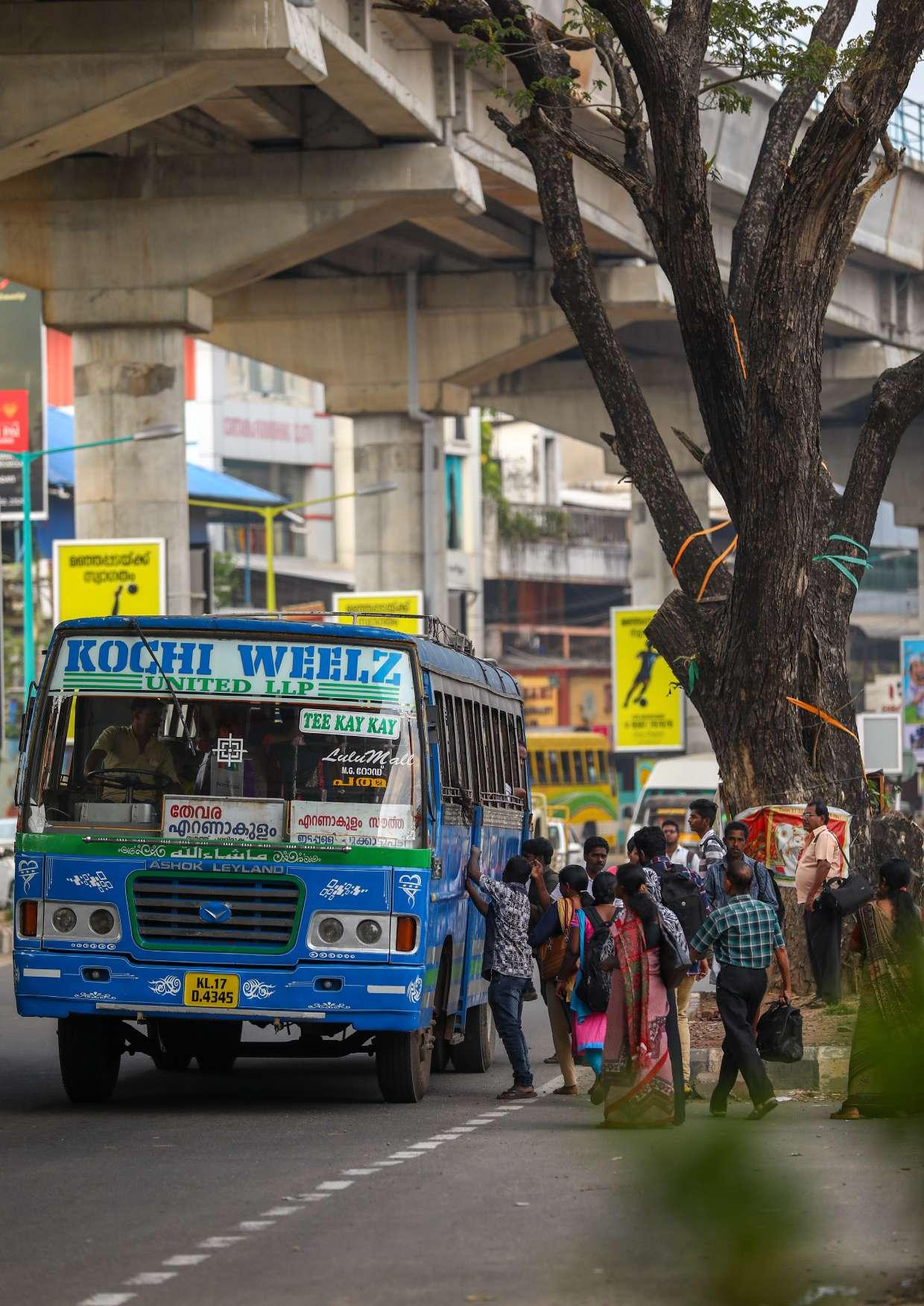annexure 2 DRIVERS OF ENERGY EFFICIENCY IN ELECTRIC VEHICLES GAINS FROM ENERGY EFFICIENCY Enhancement of energy efficiency in EVs will result in significant gains. The two most important factors that influence the success or failure of EVs are the costs associated with the battery and the range that these vehicles offer. Both of these are heavily influenced by the energy efficiency of the vehicles. Therefore, this is a very important factor to be borne in mind while developing EVs. Design of new motors and controllers which suit Indian requirements will also be a priority. There has already been an increasing focus on energy efficiency, in 3-wheelers and large buses in India, over the recent past. The 3-wheeler autorickshaw started with an energy consumption of 80 Wh/km. A target was set to reduce this to 45 Wh/km. Several companies now have autorickshaws with energy consumption close to 50 Wh/km. This is indeed a creditable achievement. Similarly, e-rickshaws used about 65 to 70Wh/km in March 2017. Now the manufacturers have come up with vehicles consuming about 40Wh for a km. Similarly, in April 2017, 12-meter buses consumed as much as 1600 Wh per km. A target was set to reduce it to 850 Wh/km. As per sources, the industry is today close to 1000 Wh/km and further improvements are expected. These are great developments demonstrating the fact that Indian industries are capable of achieving very difficult goals when they are convinced that it would give large gains (Jhunjhunwala , 2017). These energy efficiency improvements can go a long way in making EVs competitive and efforts at making such improvements in other vehicle segments are important.
MECHANISMS DRIVING ENHANCED ENERGY EFFICIENCY Manufacturers often take energy-efficiency of an EV for granted, either not considering it to
56 |
be important or thinking that what they have got is the best they can get. But this can be improved with some additional spending. They are reluctant to do so as EVs are already expensive. However, it is not often realised that the additional investment will be easily paid back with a smaller battery requirement.
Electric motor and drive To get higher energy efficiency, they first need to focus on the electric motor and drive. Better motors will help immensely. However, the single point efficiency of the drive (like 90%) which they often hear is not enough. They need to have a motor, which would give the best efficiency considering the Indian drive cycles. For example, many motors imported for EVs have their peak efficiency at 50 kmph, which drops down considerably for 25 kmph. Now the 50 kmph may indeed be the average speed of the vehicle in most western cities and the motors would have been designed to have their peak efficiency at this speed. But average speed in Indian city conditions drops down to 25 kmph. Therefore, the efficiency specified will not be realised in Indian conditions. It is necessary to design motors for India taking into account its drive-cycles.
Quality of tyres The second factor that could enhance energy efficiency of a vehicle is the quality of tyres. The work carried out to develop better tyres for petrol vehicles could be straight away applied to EVs as well. However, there is one difference. Better tyres cost more and at times, depending upon the price-range of the vehicle, the best tyres may not be used. The specific tyre used for a petrol vehicle has been optimised weighing the value of enhanced fuel-efficiency and the extra capital cost incurred for the enhanced tyres. It is a trade-off between capital costs associated with tyres and operational costs when better tyres are used. When one uses better tyres for EVs the trade-off will be different. On one side there will be capital expenses associated with better tyres and on the other side, there will be




